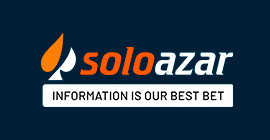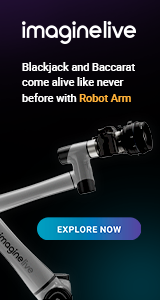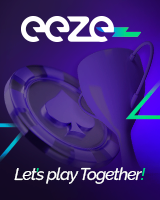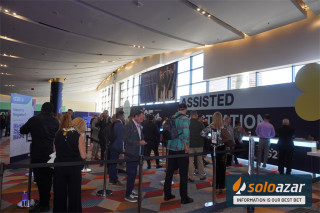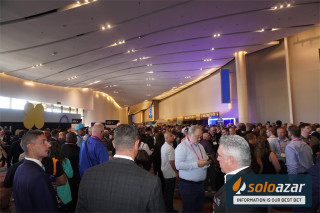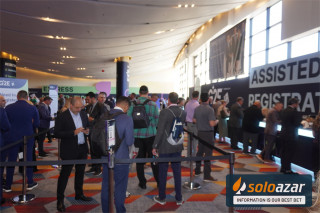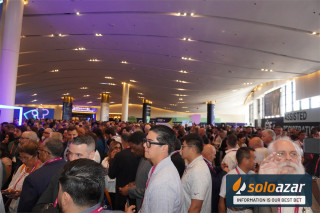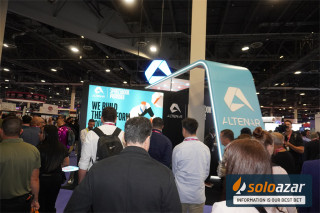What is transcoding and why is it critical for streaming? By FeedConstruct
Friday 09 de June 2023 / 12:00
2 minutos de lectura
(London).- Video transcoding has become essential to the streaming industry in our rapidly evolving digital world. It entails converting video files into various formats and optimising them for various network situations. Transcoding for content providers makes high-quality videos seamlessly across various devices and network speeds possible. This article examines the value of transcoding for streaming, its methods, and the advantages it offers viewers and streamers alike.
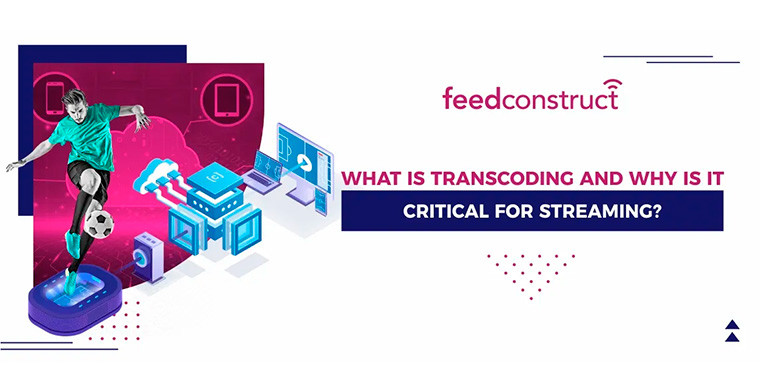
Transcoding is essential for providing global audiences with captivating visual experiences because it ensures compatibility, lowers buffering and enhances video quality. Transcoding is still a key technology enabling the digital delivery of video content even as streaming dominates the entertainment industry.
What is Transcoding?
The process of converting a video file from one format or codec to another is known as video transcoding in streaming. This entails decoding the original video, adding any necessary adjustments or enhancements, and re-encoding it. This conversion aims to make the video compatible with a wide range of platforms, playable on various devices, and able to adapt to varying network speeds.
What is Video Transcoding?
A particular type of transcoding that concentrates on modifying video files is called video transcoding. To optimise the video for delivery and playback, it must be altered in a number of ways, including its resolution, bit rate, frame rate, and codec. The ability to deliver videos that work on a variety of devices and can adjust to varying bandwidth conditions is provided by video transcoding.
How Does Transcoding Work?
To convert video content between different formats, the transcoding process is used. The original video file is first decoded to extract the encoded video and audio data. The video is then modified, possibly by resizing, altering bit rates and frame rates, or changing the codec. The video is then converted into a new format or codec, compressing the video and audio data for quick streaming. To satisfy the unique requirements of the streaming platform, the transcoded video frequently also includes metadata, subtitles, or alternative audio tracks. The transcoded video is finally ready for distribution, whether it involves online streaming or distributing it through Content Delivery Networks (CDNs) for dependable and effective transmission. Live stream sports broadcast software often utilises transcoding to ensure smooth and high-quality broadcasting of sports events to viewers worldwide.
Why is Transcoding Important To Video Delivery?
Due to a number of important factors, transcoding is essential for video delivery. First of all, it guarantees wide device compatibility, enabling video content to be viewed on mobile devices like smartphones and tablets as well as smart TVs and gaming consoles. Transcoding also enables adaptive streaming, which dynamically modifies video quality according to the viewer's available bandwidth. As a result, buffering problems are avoided, ensuring a smooth viewing experience. Additionally, by using cutting-edge codecs to compress the video and reduce file size and bandwidth usage, transcoding optimises video content for effective streaming across a variety of network conditions. Finally, transcoding facilitates the standardisation of video formats across various platforms, making it easier for content creators and distributors to reach a larger audience.
Types of Transcoding in Video Delivery
Various transformations based on particular needs are included in transcoding. The following are the main types of transcoding used in video delivery.
Lossy to Lossy
This type entails changing a video's lossy compression format. Due to compression artefacts, the video quality might be slightly diminished, but the file size is drastically reduced.
Lossless to Lossless
During the transcoding process, there is no loss to the original video quality. It is frequently used when content producers need to change video attributes without losing visual fidelity.
Lossless to Lossy
Converting a lossless video to a lossy format reduces the file size in this type of lossless-to-lossy conversion. Although there is a quality loss, the average viewer frequently cannot tell.
Benefits of Transcoding in Video Delivery From a Streamer Perspective
Supports Multiple Formats
Transcoding enables video streamers to deliver content in a variety of formats, ensuring compatibility with a wide range of platforms and devices. This adaptability increases content accessibility and reaches a larger audience.
Optimised Video Quality
Transcoding allows streamers to provide multiple-bit rates and resolutions that are tailored to various network conditions, which improves video quality. This adaptive streaming strategy guarantees lag-free playback and minimises buffering problems.
Increased Content Reach
Streamers can now adapt their content to viewers with different bandwidth capacities thanks to transcoding. They can reach users with slower internet connections without sacrificing quality by offering videos at various bit rates, thereby increasing their potential audience. This is particularly beneficial for live-streaming sporting events, allowing viewers to enjoy the action in real time regardless of their internet capabilities.
Benefits of Transcoding in Video Delivery From a Viewer Perspective
Reduced Buffering
Transcoding enables adaptive streaming, in which video quality flexibly changes depending on the viewer's available bandwidth. This leads to less buffering and continuous playback, resulting in an uninterrupted viewing experience.
Supports More Format
Viewers can access video content on various devices regardless of the supported video formats, thanks to transcoding. They don't have to worry about compatibility issues when using their preferred TV shows and movies on their smartphones, tablets, or smart TVs.
Final Thoughts
In conclusion, transcoding is a crucial step in the streaming industry that enables content providers to send top-notch video content to a global audience. Transcoding guarantees a fluid viewing experience on a variety of devices and with different bandwidth capabilities by converting videos into the proper formats and optimising them for different network conditions. While viewers gain from less buffering, better format compatibility, and improved video quality, this technology enables streamers to reach a larger audience. Transcoding will remain an important tool for effectively delivering video content in the digital age, even as streaming continues to rule the entertainment industry.
Categoría:Analysis
Tags: Feedconstruct,
País: United Kingdom
Región: EMEA
Event
G2E - Las Vegas 2025
06 de October 2025
CT Interactive on Innovation, Networking, and Market Growth at G2E 2025
(Las Vegas, SoloAzar Exclusive).- The global gaming industry marked G2E’s 25th anniversary with a major gathering in Las Vegas. CT Interactive stood out for its innovative product development and international growth strategy. Account Manager LATAM at CT Interactive, Roberto Muñoz, shared insights on G2E’s importance, emerging trends, and the company’s collaborative expansion efforts.
Thursday 30 Oct 2025 / 12:00
Atlaslive Explored the Future of Gaming in Latin America at Recent G2E 2025
(Las Vegas, SoloAzar Exclusive).- Bruno Almeida, Head of Sales LATAM at Atlaslive, attended G2E for the first time to explore how land-based and online gaming are converging. His experience highlighted key trends shaping the Latin American market, from immersive casino innovations to strategic networking and regulatory insights.
Monday 27 Oct 2025 / 12:00
G2E 2025: Cristian Galarza, ASAP Director Explains the Importance of Attending the Event
(Las Vegas, SoloAzar Exclusive). - After attending the 25th anniversary edition of G2E in Las Vegas, ASAP’s director shares his perspective on the evolution of the industry, driven by digitalization, efficiency, and the creation of international networks that foster new business opportunities.
Tuesday 28 Oct 2025 / 12:00
SUSCRIBIRSE
Para suscribirse a nuestro newsletter, complete sus datos
Reciba todo el contenido más reciente en su correo electrónico varias veces al mes.




